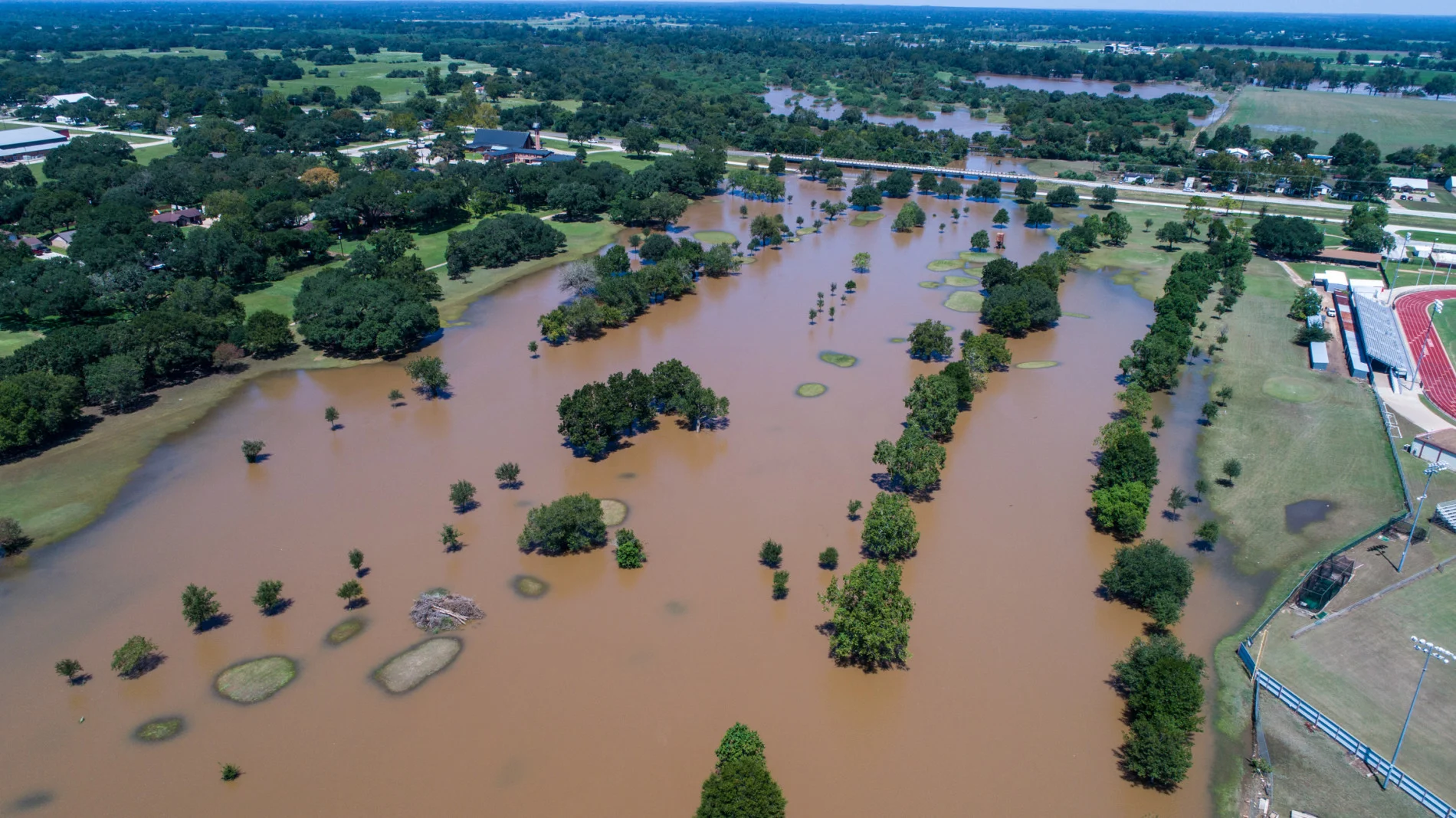
Odds of extreme Atlantic hurricane seasons doubled by climate change, study says
This year 19 named tropical storms are expected to form across the Atlantic Ocean compared to the average of 14.
Scientists say that the influence human-induced climate change is having on the Atlantic tropical cyclone season is becoming increasingly clearer and a new peer-reviewed study published in Weather and Climate Dynamics reports that sea surface temperatures have doubled the chances of extremely active Atlantic tropical cyclone seasons.
Data collected from 1982-2020 revealed that an extremely active Atlantic tropical cyclone season was made 200 per cent more likely in 2020 due to warming ocean temperatures.
“We re-simulated the past 40 hurricane seasons with sea surface temperatures as we would expect them for the level of global warming at 1982 and 2020. From the difference of these simulations, we induce the increased probability of extremely active hurricane seasons," the study’s lead author, Peter Pfleiderer, told The Weather Network.
“The increase in Atlantic tropical cyclone activity since the 1980s can be robustly ascribed to variations in atmospheric circulation as well as sea surface temperature increase,” the study states.
The U.S. National Oceanic and Atmospheric Administration (NOAA) defines an ‘active Atlantic tropical cyclone season’ as one that has an accumulated cyclone energy (ACE) above 160. The 2017 season, one of the costliest ever recorded, had an ACE of approximately 225. This year’s ACE is expected to be 164, which would make it the third extremely active season in the last decade.

Flooding from Hurricane Harvey (2017) in Roman Forest, Texas. (Jill Carlson/ Flicker)(CC BY 2.0)
“While the attribution of individual tropical cyclone events remains difficult, there can be no doubt that climate change is creating more intense storms,” Pfleiderer stated in a press release.
“Our results do not imply that increasing sea-surface temperatures lead to more tropical cyclones — but point towards a trend of more intense storms and therefore more extreme outcomes for seasons with many tropical cyclones.”
Warmer oceans result in a greater amount of water vapor in the atmosphere, which feeds tropical cyclones and hurricanes and can result in heavier and more destructive rainfall. Over 90 per cent of excess heat created by greenhouse gases have been absorbed by the world’s oceans since the 1970s.
NOAA states that many studies indicate that in a scenario where the planet is 2°C warmer than pre-industrial temperatures, there will be up to a 15 per cent increase in rainfall rates averaged within 100 km of a tropical cyclone.
Hurricane Harvey, a Category 4 storm in the catastrophic 2017 season, caused a total of $125 billion in damages in the U.S., which ranks second to the cost of the destruction caused by Hurricane Katrina (2005). Harvey is the most significant tropical cyclone rainfall event on record in the U.S. and its destruction was largely due to the extreme rainfall and subsequent flooding.

The maps show sea surface temperatures in the western Gulf of Mexico on August 23 and August 30, 2017, as well as Harvey’s storm track. The storm dropped historic amounts of rainfall and churned up the Gulf of Mexico, resulting in a dramatic cooling. (NASA Earth Observatory images by Joshua Stevens, using data from Coral Reef Watch and Unisys)
Harvey lasted for 117 hours, which beat the previous duration record set by Hurricane Fern (1971), and during this time dumped over 1,500 mm of accumulated rain in parts of Texas and displaced more than 30,000 people due to flooding.
This study comes days after experts from Colorado State University released their annual outlook for this upcoming Atlantic tropical cyclone season (June 1 through November 30), which is once again expected to be above-average.
This year 19 named tropical storms are expected to form across the Atlantic Ocean compared to the average of 14 and four will likely become major hurricanes, when normally just three reach this threshold.
Thumbnail credit: RoschetzkyIstockPhoto/ iStock/ Getty Images Plus












